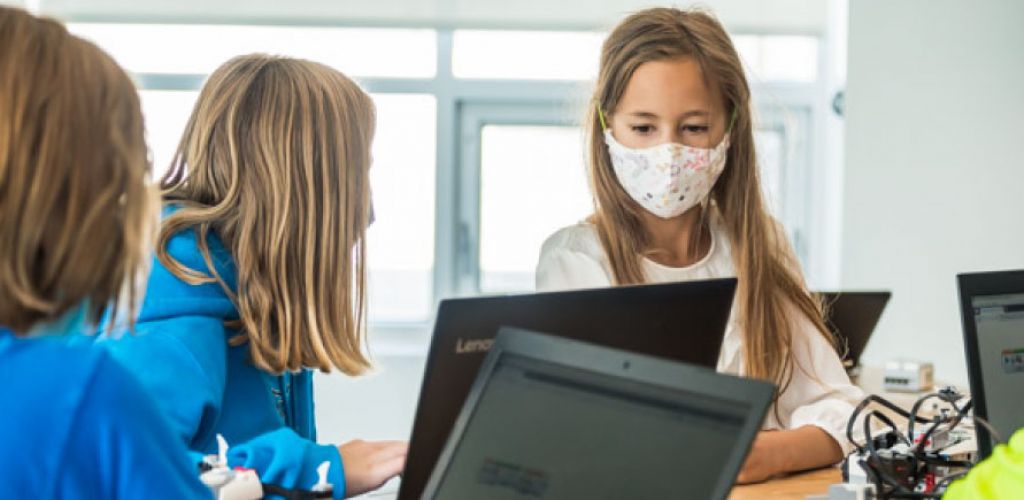
Designing for the Future
By: Alanna Wellwood, Director of Learning Innovation
Article from the Fall 2021 edition of Optimum Magazine
At Strathcona-Tweedsmuir School (STS), we seek to create an environment that encourages engaging and empowered learning, while prioritizing future-ready skills for our students. Through transformative spaces such as DaVinci Studios, Maker Spaces, and Innovations Studios, we can create programming that achieves this goal across all three divisions at STS.
These spaces support the best pedagogical underpinnings from the maker movement, human centered design, computational thinking, and STEAM (Science, Technology, Engineering, Art, and Math) explorations. Our work is grounded in the user-centred design cycle, primarily because of the value placed on empathy and user research, which aligns perfectly with our vision: to equip students to lead a life of purpose through excellence in scholarship, leadership, and character.
As early as Kindergarten, students are taught empathy in order to better understand the problems that a user may experience in a given situation. This empathy in turn helps students to design creative solutions to those problems. This year our youngest students were asked to design a form of transportation that solved a particular problem. They began by brainstorming a variety of different vehicles before choosing one idea they thought would work best. For example, one such student designed a robot prototype that would deliver fuel to a stranded motorist.
After creating several 2D prototypes, students provided and received feedback on their work, which was then applied to their iteration and presentation of their products during student-led conferences. Meanwhile, mouse trap racers continue to be an engineering highlight in Grade 4, with additional engineering challenges in Encore.
Our Middle School students tackled UN Global Goals through robotic solutions, explored social entrepreneurship, and created 3D-printed tools for people with disabilities. In addition to this, they created marketing materials for clients to scale ventures as well as wearable tech. Our Senior School students have engineered and rendered installations for Mars Habitats, advanced their Python programming, competed in First Robotics competitions, designed assistive devices, and explored manufacturing techniques and e-commerce.
This year, STS was delighted to support its first Grade 12 Design Technology class, in which students launched a product-based lean start-up. Projects included a multi-ski modular garage storage rack, a snow surf board, self-watering planter, tongue cleaner, home repair multi-tool, upcycled jean products, an ergonomic stick shift for people suffering from arthritis, a smart binder, and replacement parts for IKEA products built from cardboard and litter waste.
Through the use of these spaces, the students and staff of STS are leading the way towards a more innovative, sustainable, and user-friendly world for all, and I can’t wait to see where our programs — and our students — will take us in the future.